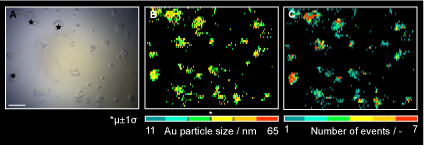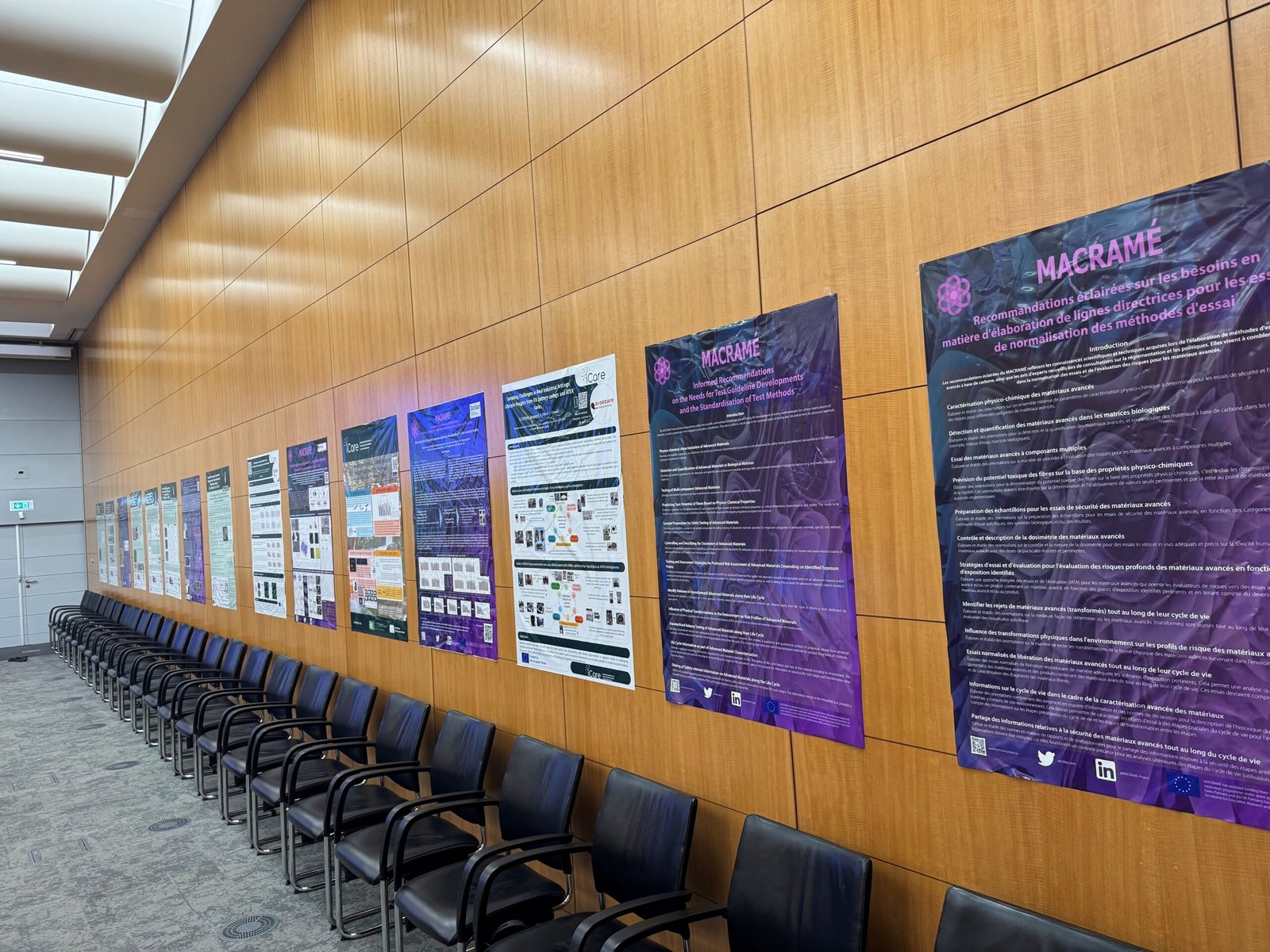At BASF, we create chemistry for a sustainable future by combining economic success with environmental protection and social responsibility. With around 112,000 employees contributing to the group’s success globally, we are one of the world’s largest chemical companies, present in 93 countries and operating 234 production sites worldwide. Founded in 1865 in Ludwigshafen, Germany, BASF has laid a strong foundation with its “Verbund” concept, which remains one of our key strengths. Our global network includes top universities, research institutes, and companies, forming an essential part of our Know-How “Verbund”. This network provides direct access to external scientific expertise, talented minds from various disciplines, and new technologies. Our academic research alliances bundle partnerships with research groups, through collaborative research projects and networks like the California Research Alliance (CARA), Northeast Research Alliance (NORA), and Joint Research Network on Advanced Materials and Systems (JONAS), we continuously strengthen our Know-How and Network “Verbund”.
Within the gobal division “Group Research”, we combine knowledge ranging from analytical and material science to experimental toxicology and ecology. We focus on developing, validating, and applying testing strategies to evaluate the potential toxicity and ecological impact of industrial chemicals and plant protection products. We operate as globally leading research facility dedicated to reducing, refining, and replacing animal testing whenever possible. Our knowledge in analytical and material science enables us to comprehensively characterize advanced materials applying a broad range of state-of-the art technologies. We continuously develop and optimize new approach methods in toxicology (NAM) as alternatives to animal testing, validate and apply them in practice for screening during product development and to meet current and future regulatory requirements. This proactive approach helps us gain early insights into the potential toxicological hazards of new compounds, informing our decision-making towards safe and sustainable products.
BASF’s Role in the MACRAMÉ Project
Within the MACRAME project, we support the different WP’s with our extensive analytical portfolio and expertise, offering advanced techniques such as cryo transmission electron microscopy (TEM) analytics. Moreover, we want to drive the development of NAMs and NAM-based testing strategies, preparing and initiating their standardization, harmonization, and technological and regulatory validation. We focus on the application and implementation of the alveolar macrophage assay (WP 2) and its application on common and advanced materials. In a Round Robin together with LIST and IBE we want to ensure that we meet the highest standards of technical and scientific excellence and prepare for the adoption as a regulatory assay. On top, we develop new and sophisticated analytical methods to enable quantitative imaging for advanced materials to assess their cellular uptake. This information is crucial to compare in vitro experiments with in vivo exposure (in vitro to in vivo extrapolation, IVIVE).






